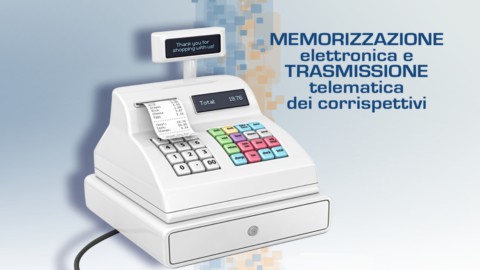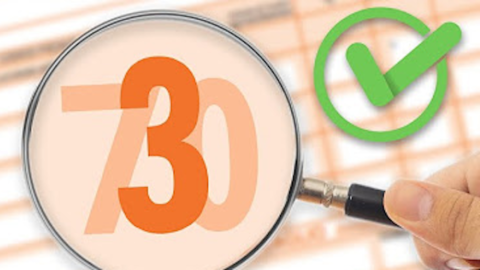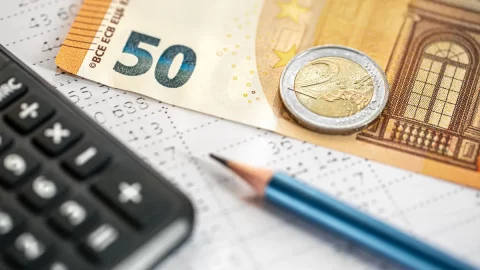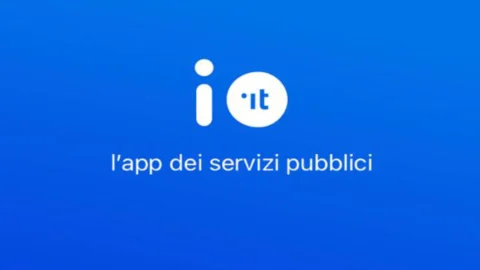From 2020 all Italian merchants - excluding tobacconists, taxi drivers and newsagent - must adapt to the revolution of the electronic receipt. In practical terms, this means that they have the obligation to register and transmit the data relating to each sale to the Revenue Agency (as is already the case with electronic invoices). To do this, they must use technological tools that guarantee the inalterability and security of the data. There are three options: the telematic recorder, the RT telematic server or the web procedure made available by the tax authorities. Let's see in detail what it is.
1) THE TELEMATIC RECORDER (RT)
– What it is and what it does
The telematic recorder is a till that stores sales data and transmits them to the Revenue Agency via the web at the time of closing. Delivery is automatic: the merchant only needs to make sure that the device is connected to the internet when closing the till (the rest of the time, however, it can also remain offline). The same device – which can be stationary or portable – also issues the new commercial documents, i.e. coupons with no tax value which have replaced receipts since January XNUMXst. In some cases it is possible to integrate old cash registers to transform them into RT.
– Preliminary fulfilments
Before being put into service, the telematic recorder must be registered and activated, ie combined with the VAT number of the user. For the census, the operator must follow a procedure on the Revenue website, in the section "Invoices and Fees”. Activation, on the other hand, requires the intervention of a qualified technician from the same Agency. Once these operations have been completed, again from the Revenue website, a label with a QR code must be downloaded, which will then be attached to the electronic recorder in a position visible to customers.
– The tax credit
For the years 2019 and 2020, traders are granted a tax credit equal to 50% of the expenditure incurred for the purchase of the electronic recorder (up to a maximum of 250 euros) or for the adaptation of the old crates (no longer of 50 euros). The bonus will be usable in compensation via the F24 form, to be presented exclusively electronically starting from the first periodic VAT payment following the month in which the invoice was registered. As for all compensations, cash is no longer allowed: to be entitled to the bonus, the electronic recorder (or its adaptation) must be paid with traceable means.
– What to do in case of failure
Some malfunctions are automatically communicated by the RT to the Revenue. In any case, it is advisable to always report the collection or incorrect transmission of data to the tax authorities through a procedure available on the Agency's website. Those who do not do so risk an administrative fine ranging from 250 to 2 euros.
2) TELEMATIC SERVER RT
The RT server works as a container of data collected from various locations that issue the electronic receipt. This solution is designed for larger and more structured realities: the possibility of using a server, in fact, is granted only to shops with at least three tills and only if the financial statements are certified by an auditor (which can be any person registered in the register of statutory auditors and not only auditing firms).
3) WEB PROCEDURE FOR THE ELECTRONIC RECEIPT
It is made available free of charge by the Revenue Agency on the portal "Invoices and Fees” and can also be used from a smartphone or tablet. Very useful for those who issue few documents or for those who work on an itinerant basis. It can also be used in combination with one of the first two tools.
Read Guide of the Revenue Agency.





